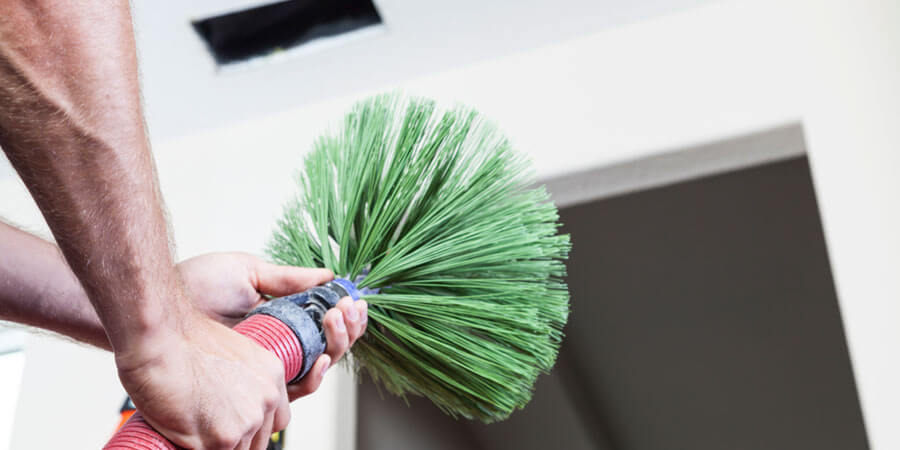Your home can contain thousands of particle pollutants that harm your health every second you spend inside it. Dirt, dust, pollen and other debris can settle on various surfaces around your house, including your HVAC system’s ductwork. You must schedule duct cleaning services regularly to prevent thick layers of gunk from forming and inhibiting energy-efficient operation. Founded in 2000, Advanced Cooling Systems has decades of experience cleaning ducts of all shapes and sizes. Our service techs have the skills and tools to reach every nook and cranny of your ductwork and ensure it looks pristine.

Benefits of Scheduling Duct Cleaning Service in Clearwater, FL
Cleaning your air conditioner’s ductwork is an essential maintenance task. Neglecting to schedule this HVAC service will lead to costly consequences. Here are the benefits homeowners enjoy after having their ductwork professionally cleaned:
- Improve indoor air quality: Over time, dirt, dust and other debris can accumulate in your HVAC ducts and recirculate in your house dozens of times each day. Particle pollutants cause respiratory issues that lead to allergy-like symptoms, including coughing and sneezing. Duct cleaning helps you avoid health problems.
- Increase HVAC efficiency: If your HVAC ducts clog with dirt, dust and other debris, your system will work harder to push conditioned air into your living spaces. As a result, your energy bills and the risk of requiring repairs will increase. Duct cleaning helps your HVAC system operate smoothly without straining to reach your set temperature.
- Enhance whole-home comfort: Foul odors coming from your HVAC ducts can impact your whole-home comfort. Duct cleaning eliminates all the things that can create foul odors in your ductwork and helps your house smell better.
How Often Should I Schedule Duct Cleaning in Clearwater, FL?
Various factors determine how often you should schedule duct cleaning services. Older homes in Clearwater, FL, have more dirt, dust and debris than newer houses. If your home has a lot of occupants or you own pets, you’ll need to schedule duct cleaning services more often. Generally, HVAC contractors recommend scheduling duct cleaning services every two to five years. If you can’t remember the last time you scheduled a ductwork cleaning, it’s time to do so now. Our service techs will be happy to clean your HVAC ducts.
Advanced Cooling Systems: A Trusted Duct Cleaning Specialist
Advanced Cooling Systems is a family-owned and operated HVAC company that offers discounts to members of the military and first responders. We’re an experienced Trane Comfort Specialist that services all makes and models of HVAC equipment. You'll receive professional and proficient care when you hire us to clean your HVAC ducts. Contact us today to schedule your duct cleaning service in Clearwater, Largo, Palm Harbor, Seminole, Tampa or the surrounding areas in Florida. We look forward to hearing from you.
